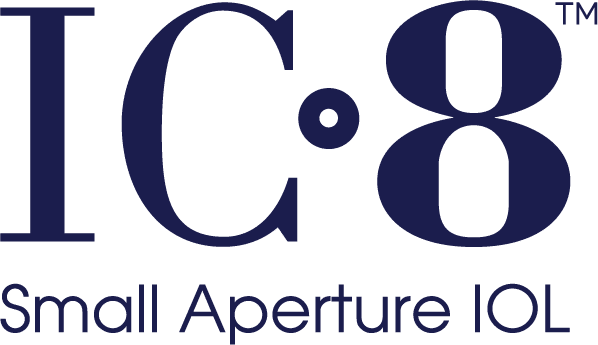This month we celebrate World Sight Day. World Sight Day is an annual day of awareness to focus attention on blindness and vision impairment globally. In fact the International Agency for the Prevention of Blindness calls this day “the most important advocacy and communications event on the eye health calendar.” Since cataract is one of the most common visual impairments worldwide, this seems like the perfect time to highlight modern advancements in cataract surgery technology.
Innovations in surgical techniques continue to improve the health and wellness of cataract patients around the world. Today, cataract surgery is one of the most common procedures in the world. From micro-incision surgical techniques, to lasers that allow surgeons more control and precision, technological advancements are continually improving cataract surgery outcomes.
But one domain where technology is making marked improvements in quality of life for cataract patients is in the area of intraocular lenses or IOLs.
What exactly is an intraocular lens?
Cataract surgery involves removing the eye’s natural lens that has become clouded with a cataract and replacing it with a clear artificial lens known as an IOL. Surgeons have been using IOLs routinely since the early 1980s and since that time, technological advancements have led to the development of several different types of IOLs. More advanced IOLs provide enhanced quality of images, and some even offer correction of presbyopia, reducing the need for reading glasses.
What are today’s IOLs made of?
Intraocular lens design and materials have greatly improved over the last few decades. Early IOLs were made of rigid materials like polymethylmethacrylate (PMMA). Today, however, IOLs are more commonly made of flexible materials like silicone or acrylic. They even contain special materials to help protect the eyes from the sun’s harmful ultraviolet rays.
What kinds of IOLs are available today?
When it comes to IOLs, cataract patients have more choices than ever before. While a traditional monofocal IOL (one that corrects vision at only one distance) is available, there are newer options available. Multifocal IOLs improve vision at two or more distances, toric IOLs correct astigmatism, and a newer technology known as extended depth of focus (EDOF) IOL improves vision across all distances, including correction for presbyopia.
Tell me more about extended depth of focus IOLs.
An EDOF is an emerging technology that uses new methods to improve range of vision after cataract surgery and addresses patient desire for correcting presbyopia. There are a few different EDOF lenses, each with the same goal, but employing different design approaches and technologies. One such lens, the IC-8 lens, uses small aperture technology, much like that of a camera. The IC-8 lens is a monofocal lens with a small mini-ring in the center. This mini-ring creates a pinhole effect, which extends the natural range of vision by funneling light through the center of the ring so that only focused light rays enter the eye. Read more about small aperture technology here.
The advanced IC-8 lens advantage
The IC-8 lens offers many advantages over traditional (monofocal) and multifocal IOLs. It is designed to provide a natural range of vision from near to far, including mid-range vision needed to read a computer screen. With the IC-8 lens, continuous and seamless vision is possible at all distances. Learn more about the IC-8 lens.
To learn more about cataract technology:
https://www.ncbi.nlm.nih.gov/pmc/articles/PMC6139750/
https://www.health.harvard.edu/vision/whats-the-latest-in-cataract-surgery
https://www.iapb.org/advocacy/world-sight-day/world-sight-day-2019/
https://yoursightmatters.com/different-types-iols/
https://eyewiki.aao.org/Extended_Depth_of_Focus_IOLs



